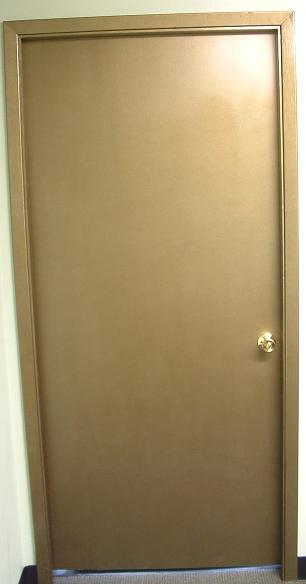


Home | "How To" Demos | Picture Gallery | Contact Info | Store Locations | Links Description Bronze Coating can be applied to almost any surface, causing the substrate material to take on the appearance of real bronze. Because all of our metallic coatings contain real metals, it doesn't have to stop there. Apply any of our patina oxidizers to produce depth, age, and character with a full range of patina shades. Thin with patina to create a colorful wash, or use as a wood stain. Use straight on light sconces, switch plates or picture frames. Apply patina and transform that cement cast statue into an antique bronze casting. Your imagination is the only limiting factor. This coating is as to use as latex paint, and cleans up with regular soap and water. |
Primary use
Secondary use
Application Method
This is a latex glaze based coating and may be applied like any other latex paint. First prime the surface to be coated. Allow the primer to dry. Next apply the first coat of metallic coating using a brush, roller, sponge, spray, or any other method. The first coat should be fairly thin. Allow this to dry from four to twenty-four hours or until cured. Additional thin coats may be applied as desired. Allow each coat to cure before applying another coat, or the coating may become elastic. If you wish to patina areas of the coated surface, the patina oxidizer should be applied when the final coat is still damp, and only to the areas that you wish for a color change to occur. Depending on the surface coated and the amount of patina oxidizer used, a color change should begin to form in about ten minutes.
Because these coatings all contain real copper and copper alloys, they may be blended together to create custom colors. They are also very versatile when used in layers as with most faux finish techniques. Different layers may or may not be treated with a patina oxidizer. For instance, using the faux finish sponge method, apply in this order, Bronze Coating, Copper Coating and then Brass Coating. Starting with the darkest to the lightest, a very deep looking metallic surface is achieved. Because the surface now has depth and texture, color changes occur according to the type of light present and your angle of view. For a different look, but sticking with the same method and coating order include the addition of a light application of Verde Green oxidizer to the copper layer, while that layer is still damp. This damp layer of Copper Coating will patina more than the cured underlying layer of Bronze Coating. When the layer of Brass Coating is applied over the top, some of the Verde Green oxidizer present on the previous layer will bleed through and slightly patina the layer of Brass Coating. When the entire application is dried and fully cured, a beautiful, deep, almost natural looking aged metallic surface will be the result. As you can see, the possible combinations available are endless.
Our metallic coatings can be thinned either with water, or with one of the patina oxidizers for use as a wash over faux finishes, or as a stain on bare wood. This is an easy and attractive way to produce unique and antique finishes on wood and other porous surfaces.
Though not recommended, if used on top of steel, the steel must first be painted with a very durable, rust preventative primer. This is especially important if you are also using one of the oxidizers to patina the coating. The most common problem encountered when using our coatings on steel is that the steel tends to rust underneath the coating. This causes the coating to peel in these areas.
Technical Data
Shelf life one year if properly sealed.
Coverage is 250 to 450 square feet, depending upon surface and thickness of the coat.
Do not use below 50 degrees or above 120 degrees.
VOC under 250